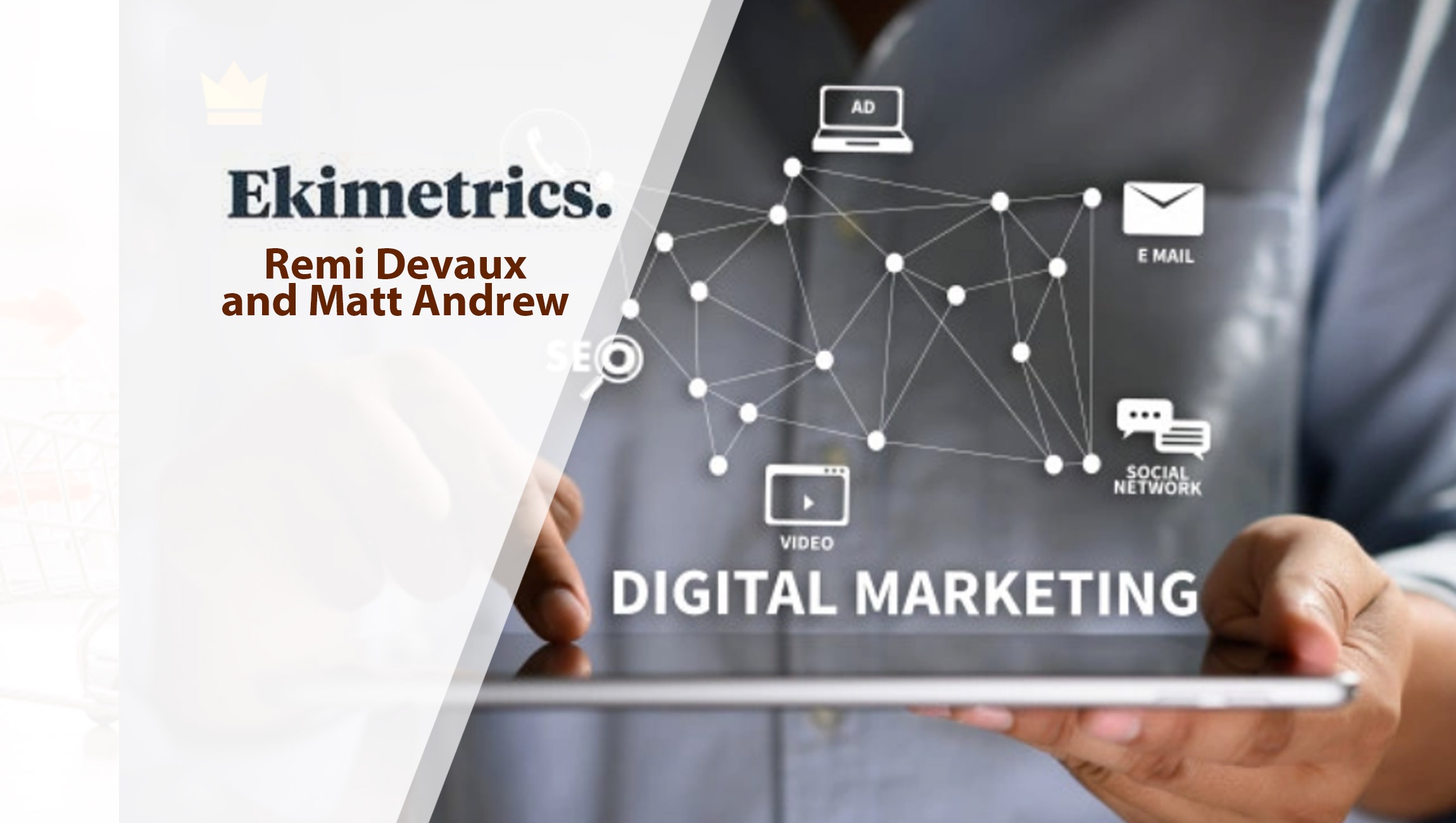Is it Coca-Cola’s “Mean” Joe Green ad? Apple’s “1984”? Volkswagen’s “The Force”? Hyundai’s “Smaht Pahk”? Or 2022 newcomers like Uber Don’t Eats or the Coinbase QR code?
Even if those aren’t among your favorite Super Bowl commercials, I bet you can visualize and maybe even quote them. They’re so iconic that they’ve entered our pop-culture consciousness just like TV shows, movies, video games, and music. Except they’re ads. People don’t like ads. They especially don’t like ads interrupting their game or show.
And yet, for one night, in the bizarro world of the Super Bowl, people tune into the game to watch commercials. Morning Consult found that 76% of people cite ads as a reason for watching the game, including 30% who cited ads as a major reason for watching.
That’s good news for brands, some of which spent upwards of $7 million for a 30-second spot in 2022. Brands understand the value of putting their message in front of 100 million viewers who are actually paying attention — maybe even more attention — when the game goes to a commercial break.
This phenomenon happens one night a year. But it doesn’t have to. How much more valuable would advertising be if brands knew consumers were not only paying attention but looking forward to the commercials as much as the content? If we can understand what it is about Super Bowl ads that attracts so much attention, we can build a better way to deliver ads.
Marketing Technology News: Martech Interview With Jeanne Hopkins, CRO at Onescreen.Ai
Here are three ways the Super Bowl rewrites the typical ad experience.
1. We watch — and rate and debate — together.
The Super Bowl is the one night of the year you can be pretty sure your friends and family are watching football. Whether you’re surrounded by them at a party or texting and posting to social media, everyone is watching and everyone has opinions on the game, the halftime show, and of course, the ads.
It’s not dissimilar from the conversations and debates around the latest Netflix series or Marvel film. Ads are elevated to the level of content with the same “water cooler moments.” With 100 million people tuning in, there’s a fear of missing out, both in the moment and the next day when everyone is recounting their favorites, new and old. That’s why so many people not only watch, but pay attentionz.
2. We look forward to them.
A week before this years’ Super Bowl, more than a dozen brands had already released their commercials to try to drum up buzz ahead of the big game. Every year there’s anticipation about what Budweiser, Pepsi, Doritos, and other perennial Super Bowl advertisers have cooked up this time. Sometimes Super Bowl commercials make us laugh, sometimes they make us reflect, but there’s usually an emotional resonance that primes us to want more.
Every other day of the year, commercials are an interruption to the content we want to watch. For this one night, they are content. With pricey spots, big budget production, and more celebrities than you can count, Super Bowl ads have turned themselves into can’t-miss entertainment. That anticipation is what drives engagement.
3. We actively participate.
The most-watched prime-time show from 2003 to 2011 was American Idol, and it’s no surprise why: Viewers were in control of who advanced and who went home. When viewers actively participate around the content they watch, they’re much more engaged.
And while we don’t text in our choice for who should win the game, we do vote for Super Bowl MVP. We play Super Bowl Squares. We join conversations about the commercials. We compete in any number of contests, like counting the number of bottles in Mountain Dew’s commercial for a chance at a $1 million prize.
This level of participation and competition feeds our desire for adrenaline, emotion, and engagement.
It’s not the ads, it’s the delivery
Driving this kind of engagement more than one night a year doesn’t mean brands have to spend Super Bowl-sized budgets every week. In fact, as I hope you’ve gleaned at this point, the success of Super Bowl ads isn’t the content, but how the ads are delivered. That’s not to say ad creative doesn’t matter — it absolutely does — but it doesn’t matter how much you spend or how hilarious your ad is or how many celebrities it features if no one is watching.
If, however, we can deliver ads in a way that builds community, generates anticipation, and requires active participation, we can make ads that people look forward to watching more than once a year. By applying the lessons of the one night everyone actually wants to watch commercials, we can make better ads that are more enjoyable, engaging, and effective.
Marketing Technology News: MarTech Interview with Amanda Costanzi, Head of Marketing and Communications at Swisslog Healthcare











